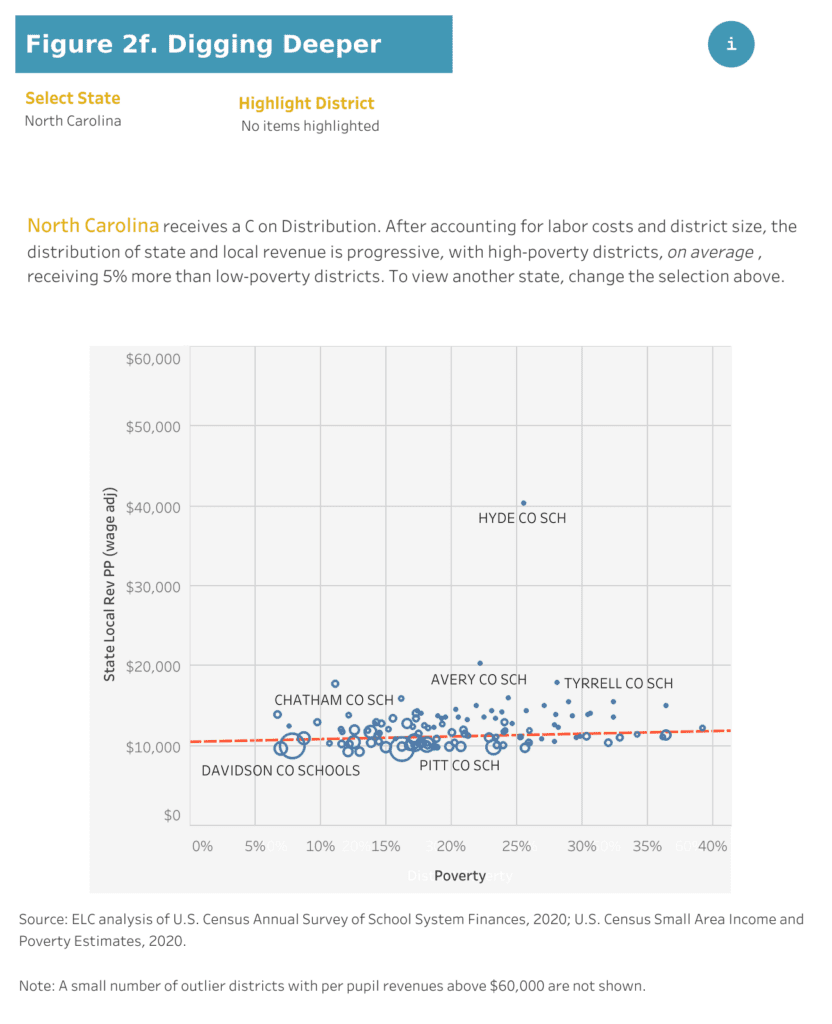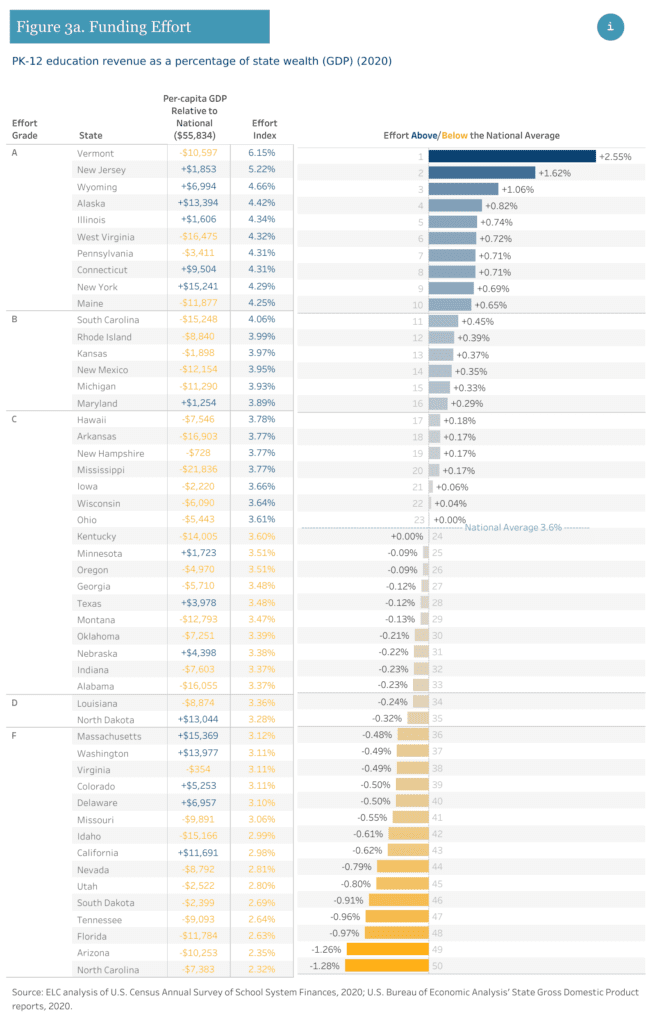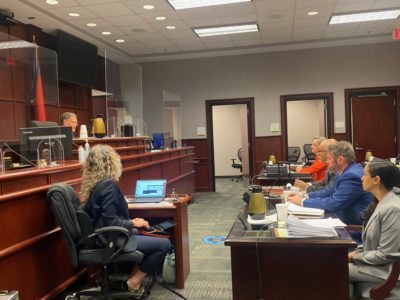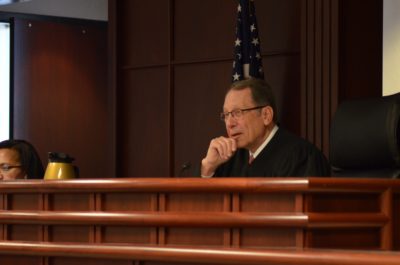
Share this story
|
|
North Carolina was ranked last in a nationwide recent report about K-12 public school funding released by the Education Law Center (ELC) at the end of last year.
Every year, the ELC releases Making the Grade, which provides an annual overview of school finance in each state.
The 2022 report shows data for public school systems from the 2019-2020 school year – notable for the disruption from COVID-19, which included school shutdowns and transitions to virtual learning.
In North Carolina’s most recent budget, the state legislature appropriated $11.2 billion for education (not including higher education).
The report used three measures to rank how fair school funding is by state. Here are the report’s findings:
“Funding level“
ELC defined the funding level as how much schools receive from state and local revenues, and used a per-pupil number that was adjusted for inflation. This number didn’t take federal dollars into account.
- North Carolina’ cost-adjusted, per-pupil funding level was $10,791, which is $4,695 below the national average.
- Out of all 50 states and D.C., North Carolina was ranked 48th for funding level.
State and local per-pupil expenditures increased by $1,265.94 from 2008 to 2020 without adjusting for inflation, according to the North Carolina Public Schools Statistical Profile. However, the report found that North Carolina’s funding levels decreased by approximately 10% when adjusted for inflation.
“Funding distribution“
This measure looks at how additional funds are allocated to districts with higher levels of student poverty.
- North Carolina had a 5% difference in funding between low-poverty and high-poverty districts, receiving a distribution grade of C.
- Low-poverty school districts in the state received $10,567 in per-pupil funding, while high-poverty school districts received $11,101.
- The report has a tool to search funding distribution by specific district here.

“Funding effort“
ELC defines this as the amount of funding that goes toward public K-12 schools as a percentage of the state’s GDP.
- North Carolina dedicated 2.32 percent of its GDP to support the public K-12 school system, according to the report, which was the lowest percentage in the country.

The ELC emphasized in the report that state legislatures decide how much money school districts in their state receive.
The report didn’t focus on federal funding. When the pandemic shut public schools across the country down, Congress passed relief packages that provided one-time monetary distributions for schools to spend on resources like technology, high-speed internet access, and up-to-date HVAC systems.
This relief allowed districts to gain access to essential programs, services, and infrastructure needs for students, helping to minimize inequities in how schools are funded. However, as funds run out, according to the report, state lawmakers need to reform school finance to continue to adequately fund districts.
In November, the N.C. Supreme Court ruled the state must transfer money to fund the Leandro Comprehensive Remedial Plan (CRP). One component of the Leandro plan is for North Carolina to have a finance system that provides adequate and equitable funding and resources to school districts. Stay updated on EdNC’s Leandro coverage here.
Find the full report here.





